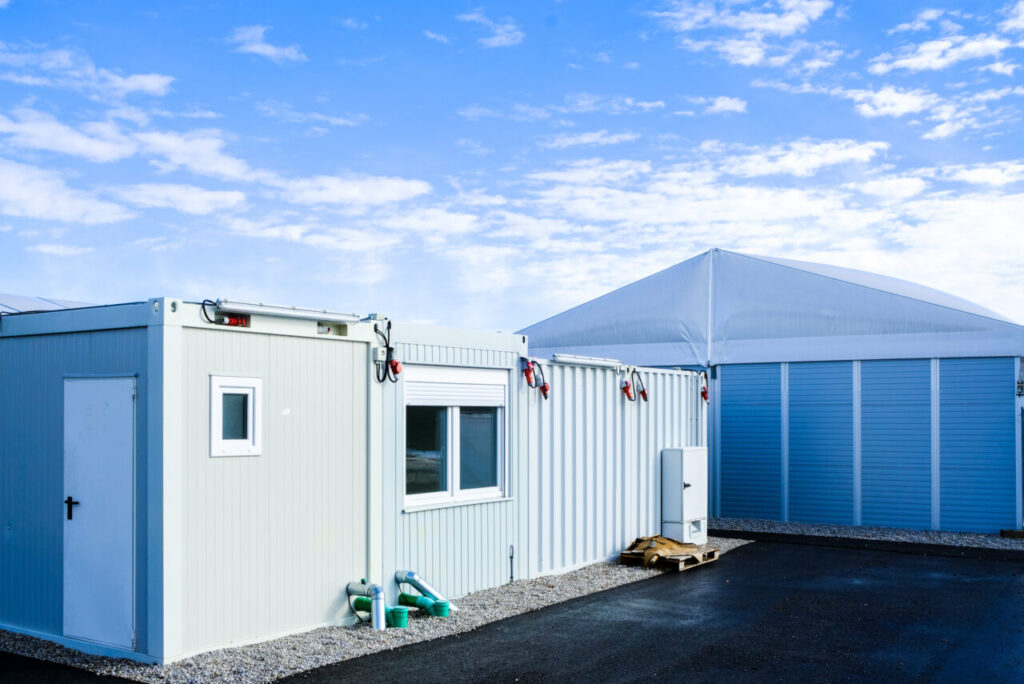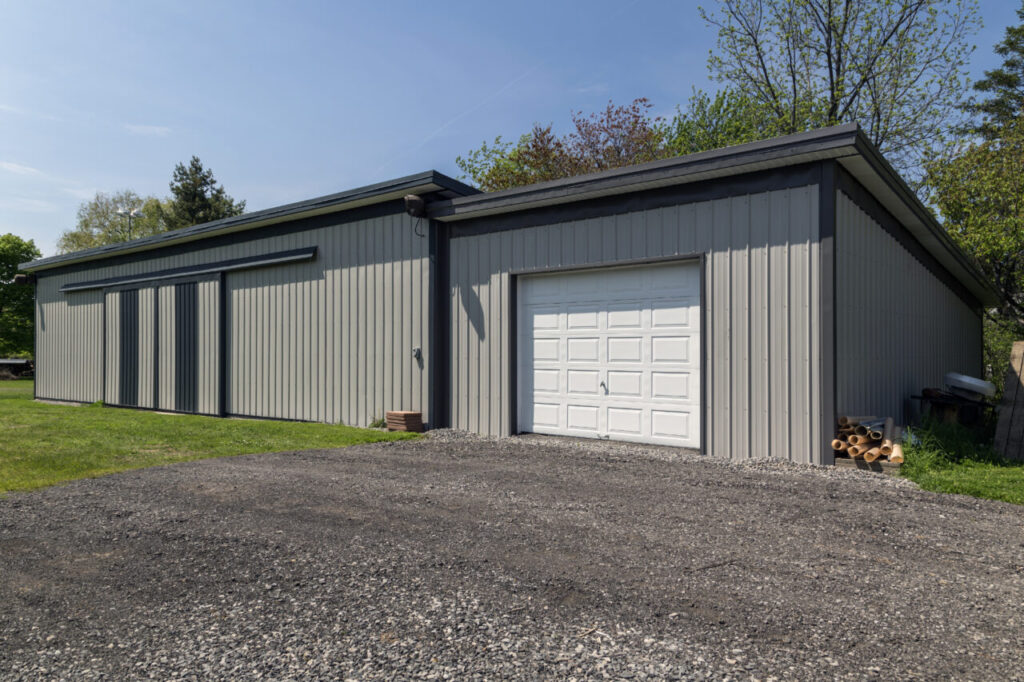Traditionally, steel buildings were designed for storage or industrial purposes. However, they have been revolutionized and started being used for residential purposes. Architects and designers are now making home plans for steel buildings.
Besides their simplicity, they’re durable and easy to fabricate, depending on the design required. To know more, read how this article enlightens you on converting a steel building into your dream home.
1. Design
You can decide to build a steel building home on your own, depending on your proficiency in the building process. However, they can also be prefabricated and brought to the site as a whole. Some people consider it a better choice since you leave the major work to the experts and achieve a high-quality finish. This is especially true if you don’t want to have a building with reduced structural integrity or don’t adhere to the guidelines of residential steel buildings.
Prefabrication eases the customization process to make your desired shape and design. Many companies, such as Murray Steel Buildings, deal with steel structures and the prefabrication of steel buildings. Give them your preferred design and work together to its actualization. They might even offer better suggestions to your design, ensuring you get the best.
It would also be best to have large windows to allow as much natural lighting possible. The windows can be louvered, fixed, or sliding. The choice is yours. Also, consider installing a skylight, preferably made of translucent material. Having various options of bringing in natural lighting will reduce your need for artificial lighting, which might increase your energy bills.
2. Insulation
Steel buildings are made of metal, which readily gains and loses heat. When it’s cold, steel buildings tend to be extremely cold, and when hot, the reverse happens. For your steel building to provide comfort to your home, you need to regulate the heat gain and loss. In this case, insulating the walls and roof of your steel home is the solution to this problem.
Work with a professional to decide the best insulating material to use. Ensure to choose an insulation material that doubles up as sound insulation. Also, you need to seal the insulating material to prevent it from absorbing the moisture from your condensed walls or roof. Once an insulating material, such as fiberglass absorbs humidity, its layers compress, reducing effectiveness. It might also provide favorable conditions for the growth of mold.
Various materials available, such as vinyl, can seal your insulation. Consider putting radiation barriers on your walls before the insulation is installed. Radiation barriers work by reducing heat transfer into your steel home. Once the heat is absorbed through the walls, the radiation barrier bounces it back to the outside. With these, the amount of heat that can penetrate your home is reduced to a bare minimum, allowing your home to run energy efficiently.
3. Safety
Ensure your steel home can withstand harsh weather conditions. Install reinforced anchor points on your exterior that its foundation supports. Providing anchor points for your steel home allows your structure to withstand strong wind, preventing it from tipping over.
In addition, it would be best to design a roof made of solid trusses. Strong trusses will ensure your roof won’t cave in when heavy objects fall on the rooftop.
4. Ventilation
Provide as many ventilation options as possible if you want a comfortable metal building home. Increase the number of openings in your home, such as windows. Provide for an additional door aside from the main entry door. You might also want to hang a ceiling fan at the center of your home to cool the temperatures. The aim of providing enough ventilation is to remove humid air from the moisture-prone spaces in your home, such as your bathroom.
Other Additions
For a beautifully-designed steel building home, there are additional elements you may consider. For instance, choose weather-resistant paints when painting the exterior of your steel home with the color of choice. The paint will provide for aesthetics and increase the durability of your steel structure.
Installing gutters around your roof would be great too. They will ensure your steel structure still looks like a home, as it prevents soil erosion around your home and allows you to harvest rainwater. Also, have reflective metal panels installed in the exterior of your home to reduce the amount of heat absorbed by the steel structure.
This will provide suitable temperatures for your interior space. The material and build of the steel structures provide for many shadow effects. Counter this with modern trends that tend to brighten up spaces as you furnish the interior of your home.
Conclusion
As you transform a steel building into your home, it’s essential to consult and involve professionals in the whole process. It includes hiring electricians, plumbers, and even professional home designers. In doing so, you can ensure that all the laws regulating the use of steel buildings for residential purposes are observed.
Have your house inspected and approved by the relevant authority before moving into your new home. With the tips given above, transforming a steel structure into your home wouldn’t be as complex as it seems. Simply follow the guideline given, and you can make the transition more seamless!



